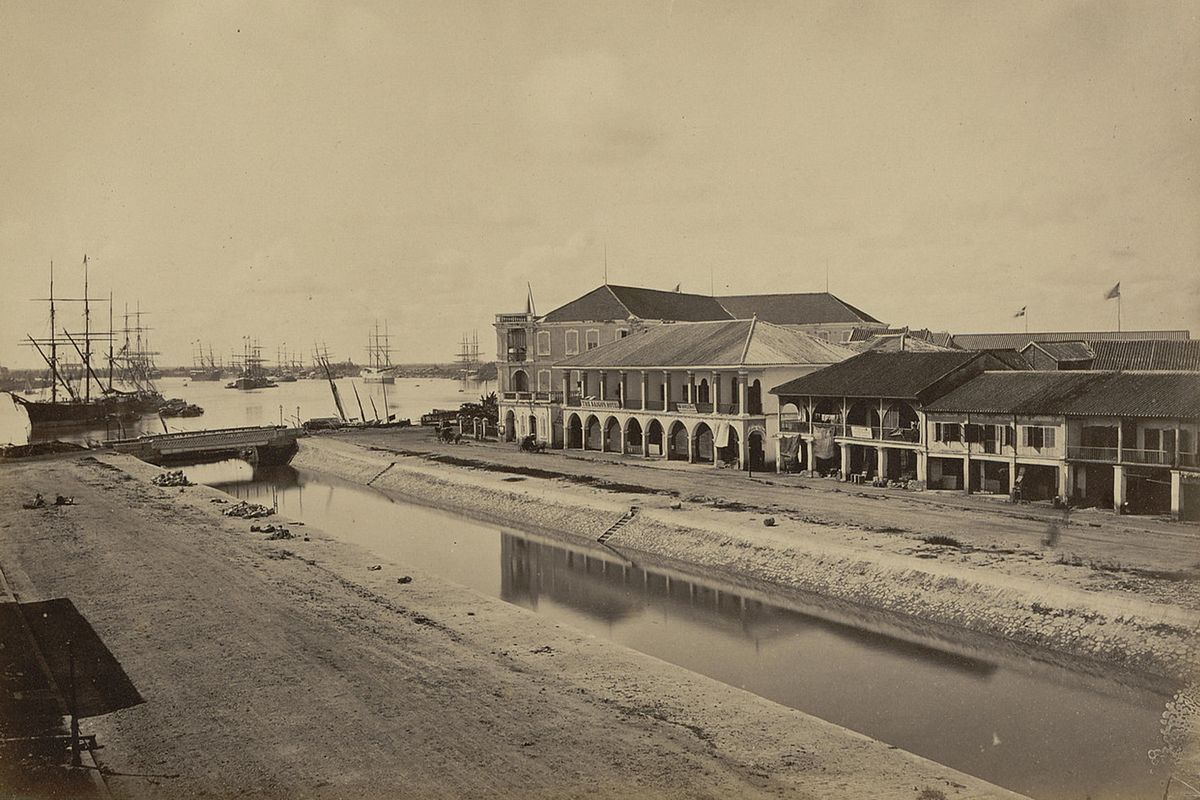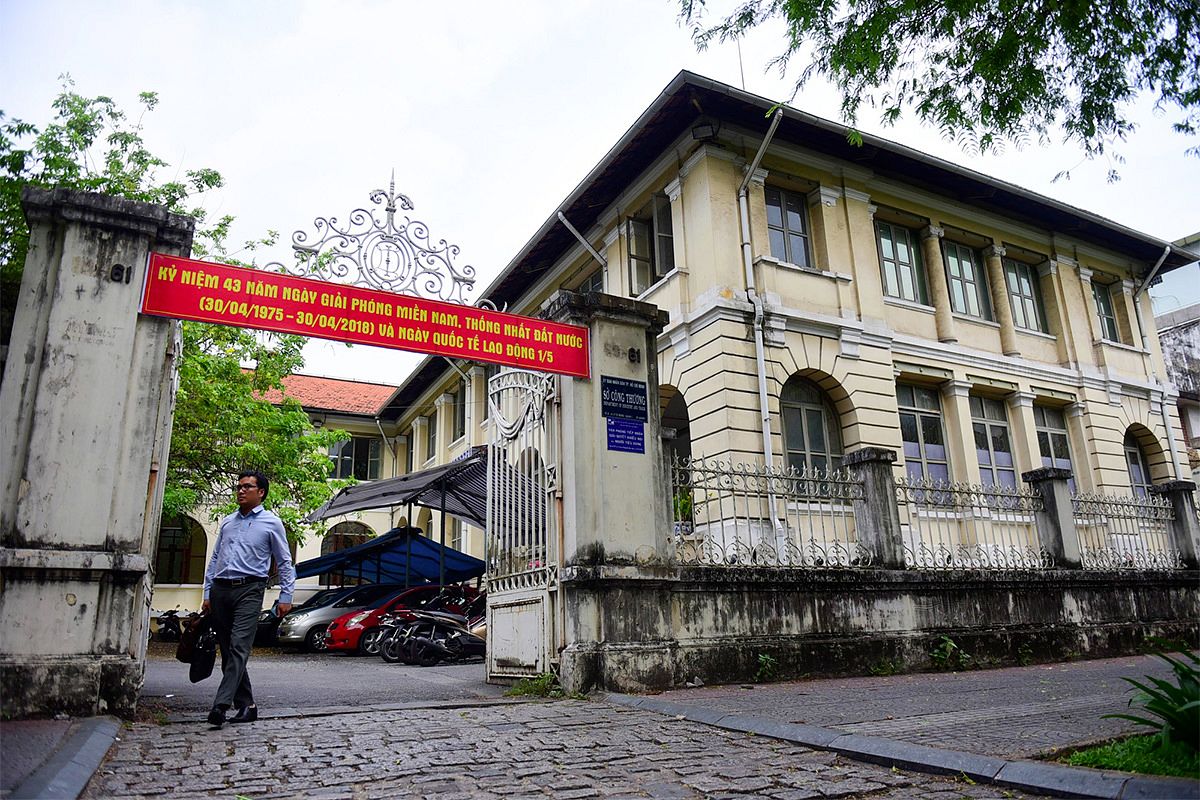Dropping a modern Saigoneer into the 1860s version of the city would be a wildly disorienting experience.
In this day and age, photos of Saigon from the middle of the 20th century are common. Here at Saigoneer, we've certainly played a role in the proliferation of images from decades like the 1950s and 1960s. Going further back in time, however, is more difficult, largely due to the obvious limitations of technology.
This collection of photographs taken by Émile Gsell, some of which were taken as far back as the 1860s, is therefore a valuable addition to the visual history of Saigon — albeit through a very French lens. Still, these images, collated by RedsVN, depict a city that is completely unrecognizable today, as only the core of what is now District 1 was developed in any way, while heavily urban modern areas such as District 3 and Chợ Lớn were still part of the countryside.
Take a journey in the way back machine below:

Charner Street, which is now Nguyễn Huệ, before its canal was filled in. The crossing road is Ngô Đức Kế Street.

Where the Bến Nghé Canal flows into the Saigon River, seen from contemporary Bến Nhà Rồng.

The same part of town, with the Thủ Ngữ flagpole prominently placed.

Shophouses along Bạch Đằng Wharf, between modern Nguyễn Huệ and Đồng Khởi Streets. Photo taken in 1866.

Norodom Palace in 1873. The building was largely destroyed in 1962 and replaced by what is now the Reunification Palace.

Soldiers at the Ô Mã Citadel, which no longer exists. It was located between the modern streets of Nguyễn Thị Minh Khai, Nguyễn Văn Cừ, Nguyễn Trãi and Cống Quỳnh.

A monastery that is now the Order of Saint Paul on the corner of Tôn Đức Thắng and Nguyễn Hữu Cảnh in District 1.

The Guangdong Hospital in Chợ Lớn in 1907. This is where Nguyễn Tri Phương Hospital now stands.

Life along the Tàu Hủ Canal in Chợ Lớn .

The Thị Nghè Canal looked a bit different over 100 years ago.

The outskirts of Saigon.
[Top image: Where Charner Street met the Saigon River.]















